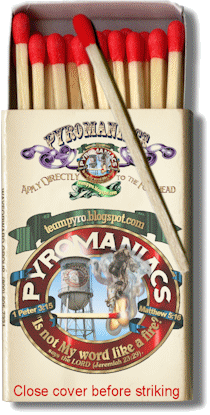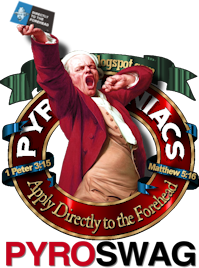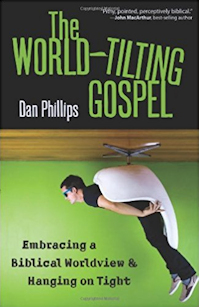
This feature enters the murky depths of the archives to fish out the classic hits from the golden age of internet drubbings.
The following excerpt was written by Frank back in December 2006. Frank addressed the consequences of a false understanding of "the true and the beautiful" in relation to the arts.
So what we wind up with, for example, is the ocean of vacuous "worship" music in Christian bookstores which is neither true nor beautiful; we wind up with Christian "art" which is hardly suited for comic books let alone the walls of our homes; we wind up with t-shirts being the high fashion statement of our subculture; we wind up with literature-ignorant and theology-vacant "poetry" that neither moves emotionally nor inspires intellectually.
And with these things, we want to have a culture war with New York, Los Angeles and Hollywood. Good grief, people: we might as well be sending wiener dogs out to defend us against an army of machete-wielding Haitian voodoo zombies. At least the wiener dogs would be able to smell the dead meat and run away from it, and we could follow them.
So what to do? I mean, isn't the right answer to study the culture and then try to co-opt its methods because obviously those methods are working on those people who we say we want to reach? Isn't that the missional thing to do -- especially in the arts?
Let me suggest something instead which I think many people probably have heard but no one has bothered to apply to this problem: all great art demonstrates the tension between love and death. That's not a Biblical proverb per se, but it is, in fact, true. All great poetry is about the tension between love and death -- even if it's not the love of another person or the death of a particular person. And one of the great failings of modern culture is its shallow vision of love (which is explicitly and almost exclusively sexual and sensual) and its obsession with death (either by avoidance in worshiping youth, or its glamorization of suicide).
Listen: if there's anything on Earth (or in the Heavens) which we Christians ought to know something about, it's Love and Death. In fact, we should be the ones who are exclaiming the fact of Love in Death. We shouldn't be establishing a suicide cult but extolling the fantastic fact that Christ died for our sins because God Loved, and Christ was resurrected in order that death would be destroyed.
There's more art to be made in that one sentence than all the movies Hollywood has ever turned out, and more than either NYC or LA could turn out in music and TV in 10,000 years. Why? Because there is Truth and Beauty in that statement, and it doesn't force us to make false moral choices or reduce our expressions to some gloomy, dismal, atonal text.
The great topic of art belongs to us. The great purpose of art is not, as someone once said, to frame a lie which seems pleasant, but to frame truth by analogy -- and the greatest truth-by-analogy of all time is the Bible.










